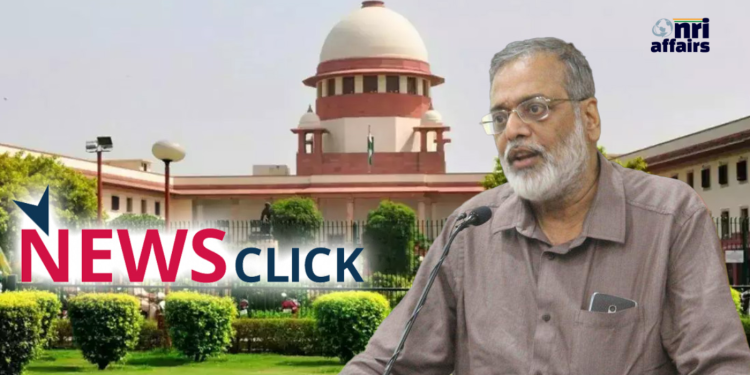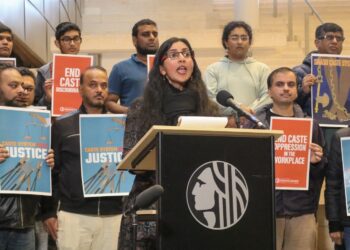The Indian Supreme Court made headlines on May 14, 2024, with its decision to order the immediate release of Prabir Purkayastha, the founder of Newsclick, a prominent online news platform. This ruling has sparked debates and controversies, shedding light on the intricate relationship between law, media, and governmental actions in India.
Case Background
Purkayastha’s case is emblematic of the ongoing struggle for press freedom and freedom of expression in India. The Indian government accused Agarwal of violating the Foreign Exchange Management Act (FEMA), stirring a contentious debate about the boundaries of governmental intervention in journalistic practices and independent media operations.
Supreme Court Decision
In a significant move, the Indian Supreme Court intervened by mandating the immediate release of Prabir Purkayastha. This decision underscores the judiciary’s commitment to upholding media independence and ensuring justice within the legal framework of the country. However, it also raises pertinent questions about the government’s influence on law enforcement concerning the media sector.
Implications and Controversies
The release of Prabir Purkayastha highlights the ongoing challenges confronted by independent media entities in India. While the Supreme Court’s verdict marks a victory for press freedom advocates, it also draws attention to the potential misuse of governmental authority to stifle dissenting voices within the media landscape. This controversy underscores the necessity for robust legal safeguards to protect journalists and uphold the principles of free speech.
Legal Analysis
The Supreme Court meticulously weighed arguments from both sides before reaching its verdict. However, beyond the specifics of this case, it underscores the critical role of the judiciary in maintaining a fair and impartial legal system. As guardians of justice, the Supreme Court’s actions reverberate beyond individual cases, shaping the broader landscape of law enforcement and governance.
The Indian Supreme Court’s decision to facilitate the swift release of Prabir Purkayastha signifies a pivotal moment for press freedom and judicial integrity in India. Nevertheless, the complexities of this case underscore the ongoing struggles faced by independent media outlets and the imperative for strengthened legal protections for journalists. As this discourse continues, it remains essential to safeguard the principles of free speech and uphold the foundational tenets of democracy.











